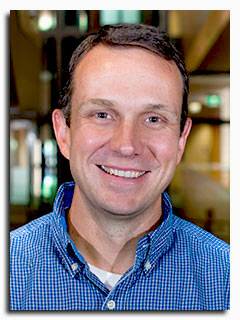
Abstract
Atomic Scale Tomography (AST) is a general term encompassing many different materials characterization techniques, all with the goal of identifying the elemental identity and 3-D location of all atoms in a specific volume. Although many advances in materials characterization must occur, achieving this lofty goal would allow for advances in virtually all areas of inorganic materials science. Atom Probe Tomography (APT) is widely known to be one of the leading atomic scale characterization techniques, as evidenced by sub-nanometer scale tomographic imaging with better than 10 ppm chemical sensitivity. Unfortunately, the technique can suffer from gross inaccuracies when it comes to tomographic data reconstruction. Traditional reconstruction techniques are strictly geometric and require a-priori knowledge of the material; these techniques can be greatly improved by electron microscopy (STEM) imaging and diffraction. An in-situ STEM / APT instrument with integrated transmission electron diffraction was engineered and constructed at CSM and data from this instrument is being utilized in new data reconstruction techniques that are paving the path toward AST. Materials examples of near-AST experiments have shown great promise for being able to directly predict properties. These include dopant profiling and grain boundary chemistries in photovoltaics, oxygen stoichiometry at grain boundaries in ceramic ion conductors, and Li metal accumulation in cycled battery electrodes.
Click here to see all available video seminars.
Click here to go to the SPREE HOMEPAGE.
Brief Bio
Dr. Brian Gorman earned his PhD in Ceramic Engineering from the University of Missouri-Rolla under the guidance of Dr. Harlan U. Anderson. His PhD focused on the processing – structure – property relationships in thin film electrolyte solid oxide fuel cells. Following his PhD work, Dr. Gorman was employed at Texas Instruments where he developed processing and characterization techniques for low-k dielectrics for CMOS and ferroelectic RAM devices. He was also employed at Los Alamos National Laboratory where he worked on radiation tolerant ceramics for nuclear waste disposal. He subsequently joined the academic life full time at the University of North Texas where he founded the Center for Advanced Research and Technology and honed his skills in atomic scale materials characterization. In 2009, he joined the faculty at the Colorado School of Mines, the Colorado Center for Advanced Ceramics, and the National Renewable Energy Laboratory. His research interests are currently focused on processing – atomic structure – electronic property relationships in ceramics and semiconductor devices.
